The Arctic grayling’s spotted, orange-trimmed dorsal fin looks as if it had been photoshopped. It’s half as long as the body and just as wide; and it glows with impossible shades of violet, green and turquoise. This gaudy trout cousin was deposited by the retreating glacier in the coldest, clearest waters of the contiguous states.
So common was the species in Michigan that a city, Grayling, took its name. And as recently as the early 20th century grayling abounded in the upper Missouri River system. While these fish still thrive in Alaska and Canada, they’ve been wiped out in Michigan and persist only in about 15 percent of their historic range in Montana and Wyoming.
They’re victims of dams, logging, water diversions, pollution, development, global warming and the festooning of their native water with alien fish, most notably brown trout from Europe, rainbow trout from the Pacific Northwest and brook trout from the East.
Since 1982 the U.S. Fish and Wildlife Service has agonized and vacillated about whether or not these lonely survivors constitute a “distinct population segment” under the Endangered Species Act (ESA). In 1991 the Service was petitioned to list them as endangered. After a three-year status review it announced that, while they indeed constituted a distinct population segment, listing was “warranted but precluded,” meaning “good idea but we’re too busy.” Instead the Service declared the segment a candidate for listing, which category affords considerable protection by frightening private landowners and state bureaucrats into action.
Litigation by the petitioners was settled in 2005 with an agreement by the Service to make a final decision on listing by April 16, 2007. Eight days after this deadline the Service proclaimed that it had gotten everything wrong, that there was no distinct segment after all, and that it was okay to let grayling expire in the contiguous states because there were lots in Canada and Alaska.
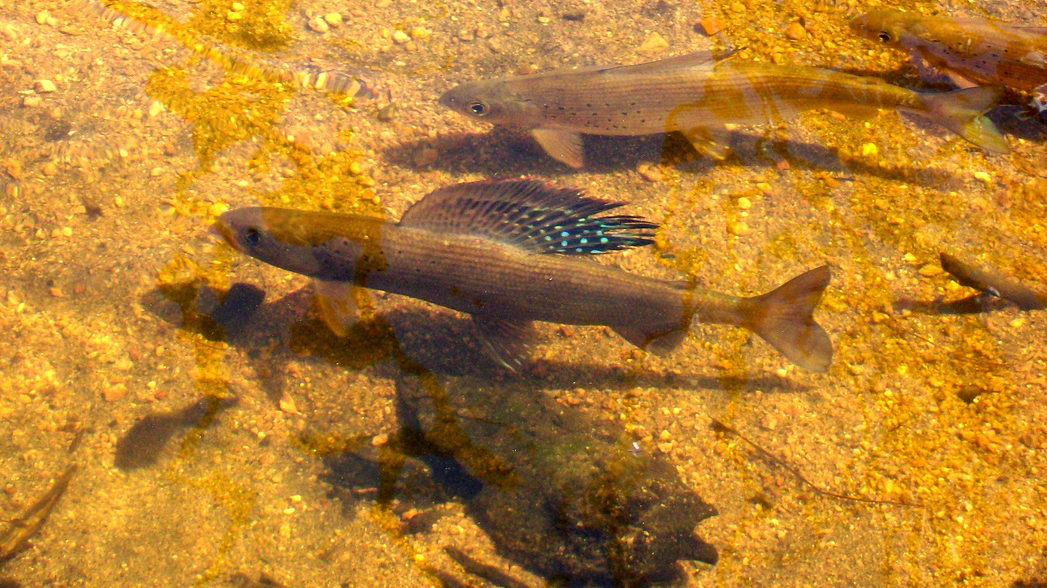
This was not the agency’s finest hour. Its own biologists told me at the time that Interior’s Deputy Assistant Secretary for Fish, Wildlife and Parks, Julie MacDonald, had personally reversed their three-year, peer-reviewed study. On April 30, 2007 MacDonald resigned in disgrace after an investigation by the Office of Inspector General revealed she’d consistently sabotaged science by “editing, commenting on, and reshaping the Endangered Species Program’s scientific reports.”
Voluntary Efforts Pay Off
Montana’s Big Hole River, the grayling’s major stronghold, drains a watershed that’s 90 percent private ranch land. So, under the threat of listing, landowners have joined state and federal agencies and NGOs like Trout Unlimited and the Nature Conservancy in major habitat restoration that has dramatically increased grayling range and numbers.
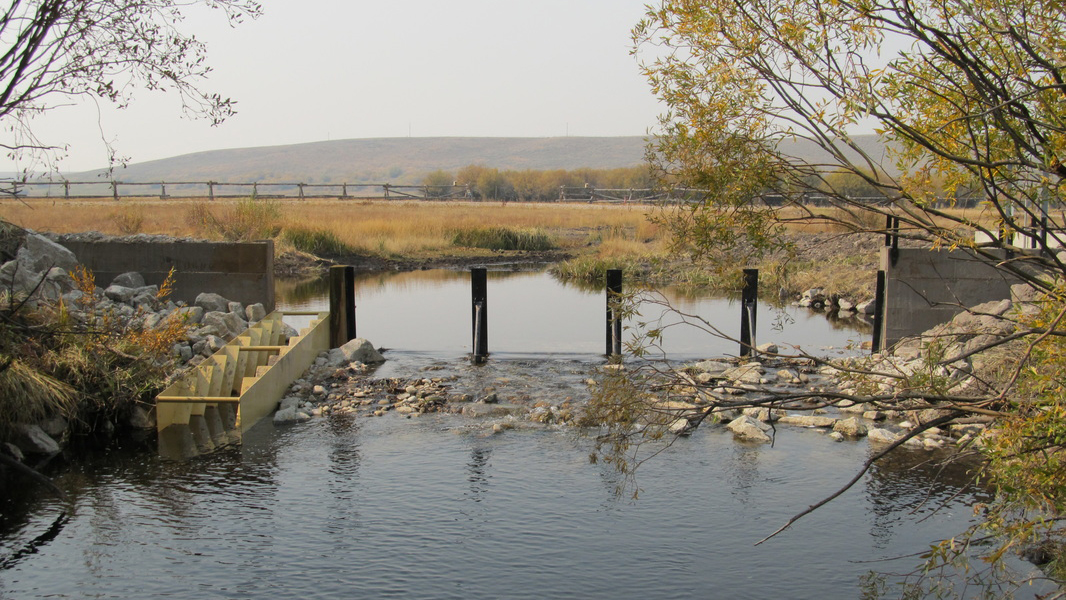
Tim Griffiths of the Natural Resources Conservation Service explains how it began: “In 2004 we had to get over the hurdle of avoiding listing. We needed water fast, so we basically shut down irrigation and came up with resources so cattle ranchers could buy hay. We had to address stream flow, riparian health, fish passage, entrainment in the ditches … We made sure all the work was voluntary and that no good deed would be punished.”
The vehicle for this kind of initiative is a Candidate Conservation Agreement with Assurances (CCAA). In exchange for such work as replacing water diversions with wells, installing fish ladders and screens, fencing cows from riparian habitat, and planting willows landowners are guaranteed they won’t be prosecuted for inadvertent “takings” if grayling get listed.
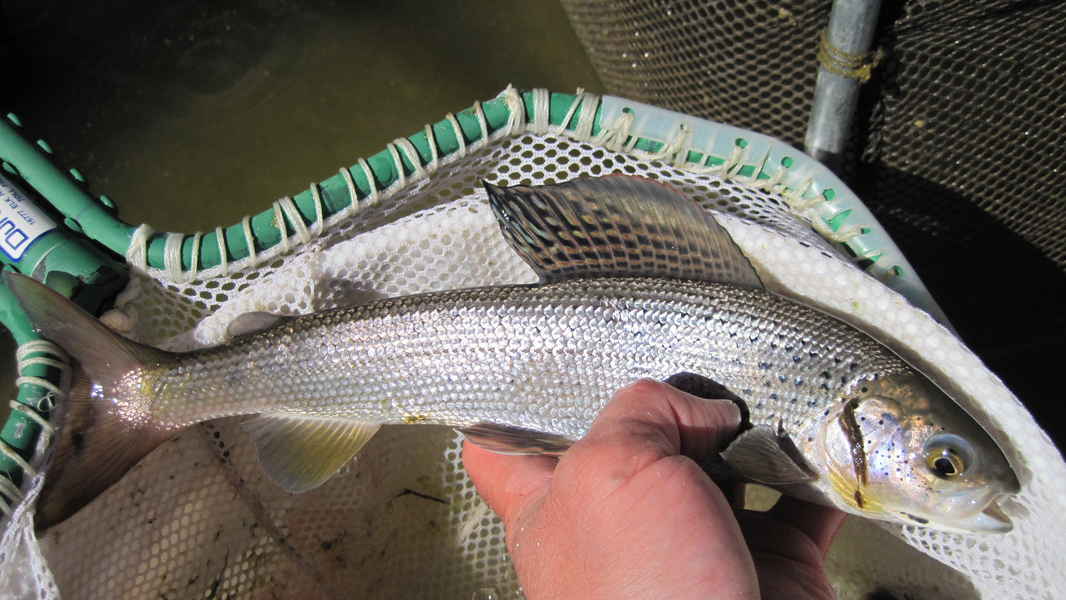
“The ranchers are really engaged,” declares the Fish and Wildlife Service’s Jim Magee. “I don’t think an ESA listing could trump their water rights, so there’d be a long, drawn-out, nasty court fight. Our philosophy is let’s work with people to do conservation.”
CCAA-enrolled landowners have agreed to decrease water diversion at certain low-flow triggers. These triggers were hit about 50 percent of the time before the CCAA; now it’s 20 percent. So successful is the Big Hole CCAA that the partners are developing another for Montana’s Centennial Valley where connectivity is being improved with fish ladders and, as in the Big Hole, grayling numbers have been increased with in-stream incubators packed with fertilized eggs.
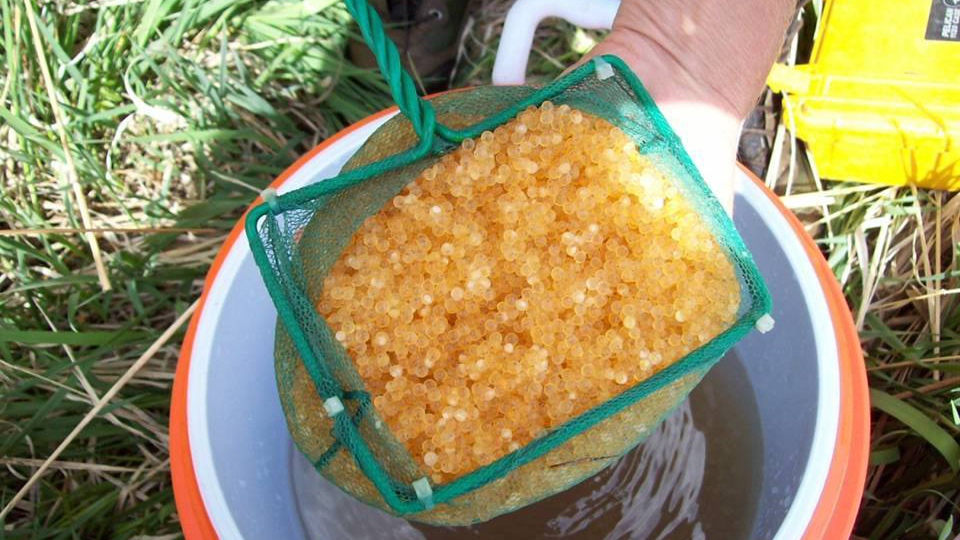
I caught up by phone with Montana Fish, Wildlife and Parks grayling biologist Emma Cayer while she was still in hip boots, having just returned from packing incubators with eggs in the upper Big Hole. “We’ve shifted from solely measuring populations via catch-per-effort [with electro-shocking gear] to more accurate genetic analysis,” she said. “This way we’re able to look at one cohort of fish and determine how many parents produced it. We’re seeing high genetic diversity, high numbers of successful breeders and virtually no inbreeding. There are about three times as many grayling as in the early 2000s.”
“I think the habitat improvements and increased population trends are a direct result of the voluntary efforts,” says Jim Berkey of The Nature Conservancy in Montana, which, for its grayling work, has received the state award for Outstanding Contribution by a Fisheries Division Partner. “An element of the environmental community thinks the CCAA is a smokescreen for business as usual. That’s not the case at all, and I wonder how much if any true habitat conservation would happen through listing that’s not happening through the voluntary effort.”
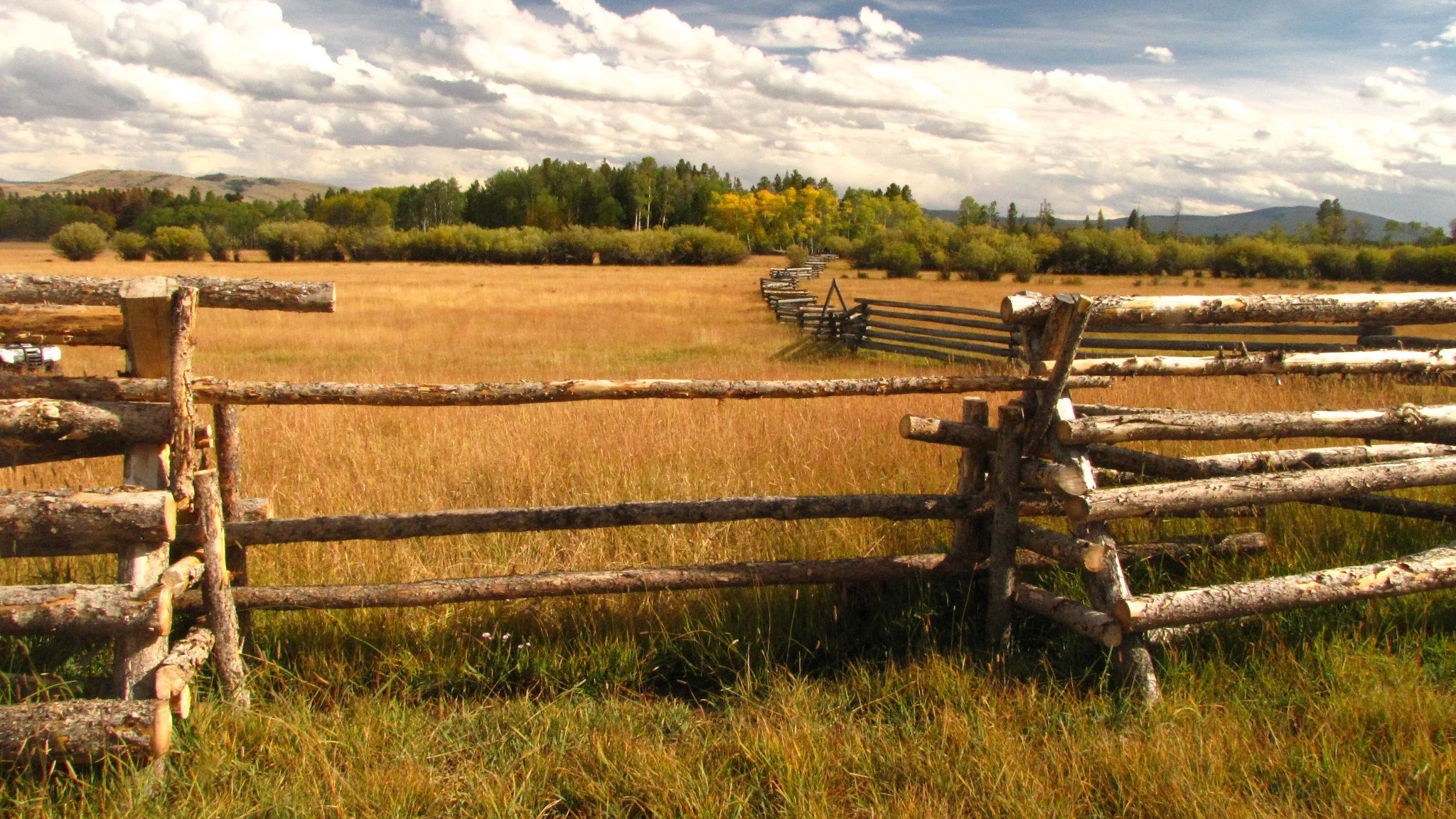
What had been rancher fear of a listing has morphed into pride in preventing the need. This from Rick Powers, owner of the LaMarche Creek Ranch near Wisdom, Montana: “We’ve been working closely with Jim Magee. We’ve protected the riparian zone. In winter we lay the fence down for elk, antelope and deer. With funding help from the grayling program we’ve put in two wells, three stock tanks and a couple excluders that keep grayling out of the irrigation ditch from LaMarche Creek. We’re irrigating hay with substantially less water.”
In August 2014, largely due to the phenomenal success of the Big Hole CCAA, the Fish and Wildlife Service determined that the distinct population segment no longer merits listing. Contributing to this decision was the fact that there are 22 robust grayling populations in Montana and Wyoming lakes. In 2010, when the Service still thought listing was warranted, it believed there were only five and that the other lake populations had been contaminated with Canadian-strain fish from old stockings. But genetic analysis has determined that all 22 populations are comprised of pure Montana natives.
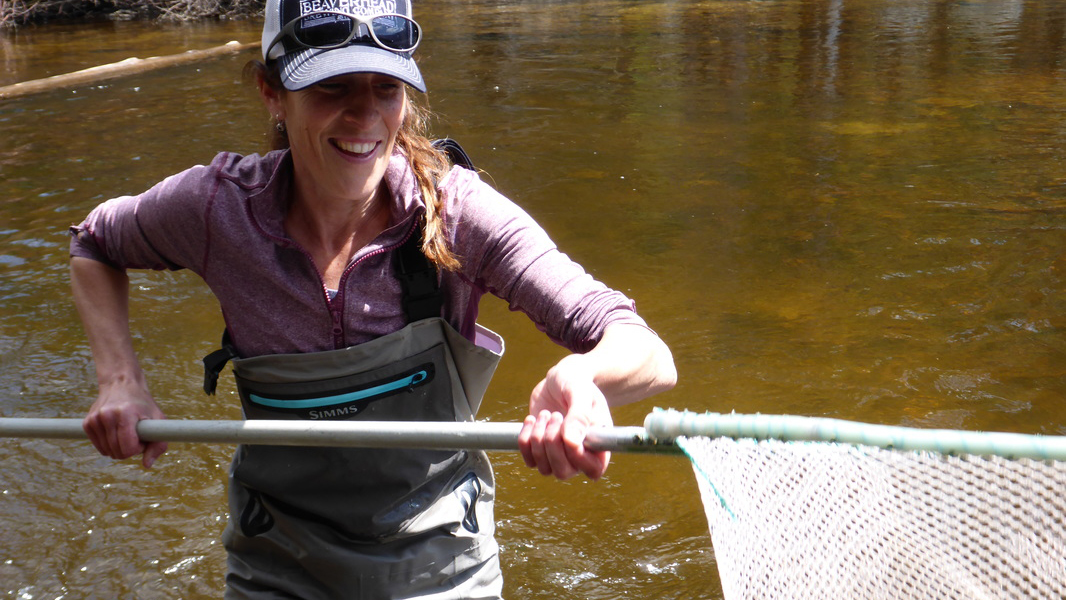
An Alliance for Grayling
Despite all the success the two original petitioning groups — the Center for Biological Diversity (CBD) and Western Watersheds — sued the Service in February 2015. Why? I put the question to four leaders in grayling recovery.
“CBD is litigation based, not much conservation based,” replied Dr. Michael Bias, director of the Big Hole River Foundation. “They have far more lawyers than biologists. They think nothing can be saved unless it’s listed. That’s the opposite of what I think. Western Watersheds’ MO is different; it’s about getting ranchers off public land.” (While most of the rangeland in the Big Hole basin is privately owned, there are some federal grazing leases.)
Bruce Farling, director of Montana Trout Unlimited, offered this: “I think the grayling is secondary and that a lot of it is about spanking the agency.”
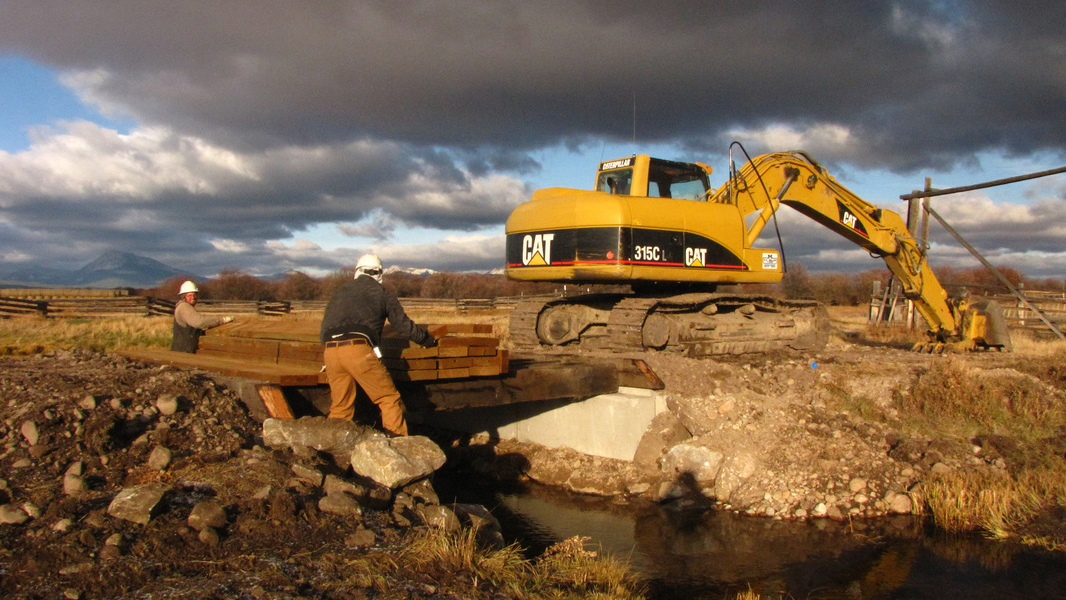
A fisheries manager who required anonymity said: “They [the litigants] haven’t taken us up on our multiple offers of tours and visits. They don’t want to talk to us or see what’s happening on the ground. To me that indicates the lawsuit isn’t about the fish.”
“The plaintiffs think the incentive for landowners to work with us is gone because of the 2014 not-warranted [for listing] decision,” remarked Emma Cayer. “We have the exact opposite view. Arctic grayling have been on and off the candidate-species list in legal battles since 1991. Why is that going to change now? The not-warranted decision doesn’t mean the case isn’t going back to court; in fact, it’s there now. If the fish gets listed, we believe landowners might throw up their hands and say, ‘What more can we do?’”
Grayling recovery is happening thanks to a political juggernaut in the form of a well-funded federal-state-NGO-rancher alliance. The Big Hole CCAA, a 20-year process now half complete, provides the most compelling evidence yet that, at least on private land, the ESA works best as a motivator for reform rather than a punishment for violation.
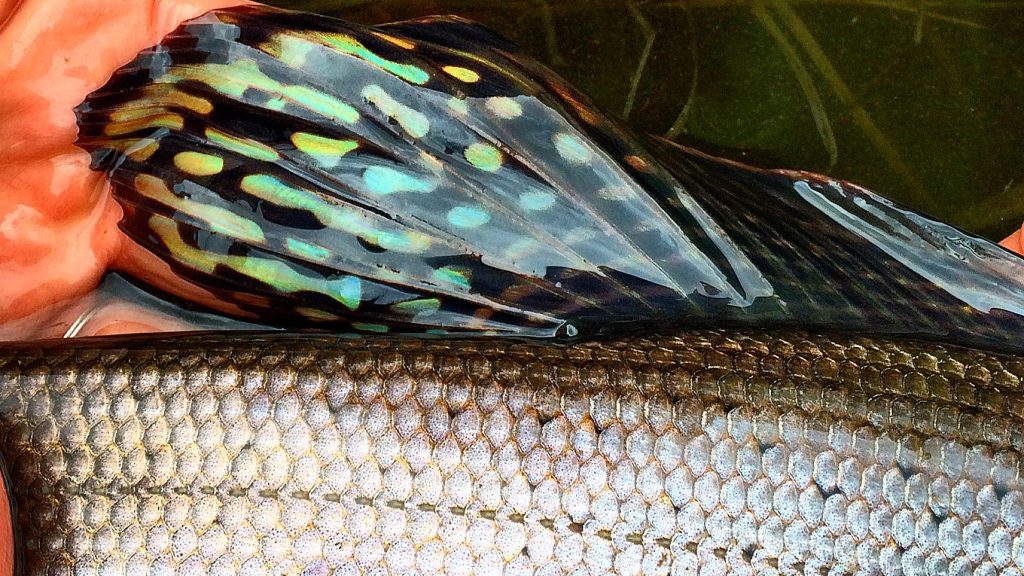



Keep up your great goals. Xoxoxo
THANK YOU !!!! With more folks like you we will survive our misdeeds in poising our world. So thank you. Jean in ASH CREEK CT. Of the LISound. Am involved voicing no more grass pecides growth stuff in soil that leaches into our creek. So little by little .. Education by daily words we hope to keep creek healthy and,,, no motor boats and gas junk!!
Is this sort of cooperative approach being done for the Prairie Chicken? Seems the need is at least as great.
I’m disappointed The Nature Conservancy published this attack on other conservation groups. It is not in keeping with the positive, science-based TNC I have known for many years and serves no beneficial purpose. Predictably, the offensive part of the article diverted attention away from an important management success story to a debate about the writer’s professionalism. That the attack used an anonymous quote and refused to let the attacked groups respond makes it all the worse. To extricate itself from this mess, I suggest TNC delete the spurious attack portion of the article as it meets neither public journalistic standards nor the professional and ethical standards of the Conservancy.
Conservation groups, like scientists, are diverse. They don’t always agree. While some feel the Arctic grayling is secure though it has been lost in 85 percent of its range in the Missouri River Basin, others feel this level of loss should trigger Endangered Species Act protection and a greater zone of recovery efforts. I’m not sure which is correct, but I’m quite sure that impugning the motives of those seeking greater protection is unfair, disruptive of healthy discussion and contrary to The Nature Conservancy’s collaborative, professional way of working with diverse interests.
Ted, you’re avoiding the simple question. If as you claim, the Center files endless suits over 90-day findings, thereby racking up big legal fees, please substantiate the claim by telling us how many suits and how much money.
When you made this same unsubstantiated attack in 2011, the Center responded with precise data showing you to be wrong (see below). Has something changed since then? What data supports your recycling this attack now?
The Center’s published response to you in 2011: “Between 2008 and 2011, the Center received legal fee reimbursements for an average of one case per year challenging the government’s failure to process endangered species protection petitions within 90 days. The average yearly total was $3,867; much less than the Center spent bringing the cases. Not exactly a get-rich quick scheme.
Rush to court? Every one of these suits was filed after the government missed its 90-day protection deadline by months, and in some cases by over a year.”
Hi again Steve: No. I didn’t say that. I didn’t quote them because they had no cogent comment other than they didn’t believe peer-reviewed data. Not sure why you imagine that my report that CBD is forever suing the USFWS is “odd” and “strange.” CBD is actually quite proud of its constant litigation — part of what it calls “psychological warfare” against the feds. As Kierán Suckling, who directs CBD, told High Country News, “They [the feds] feel like their careers are being mocked and destroyed — and they are. So they become much more willing to play by our rules.” Jamie Clark, who used to run the U.S. Fish and Wildlife Service and now runs Defenders of Wildlife, offers this: “I think CBD and WildEarth Guardians are trying to see who can sue most…. The Service isn’t making progress. Citizens need to be able to petition for species in trouble, but this has become an industry.” And this from Amos Eno, who runs and founded the hugely successful Yarmouth, Maine-based Resources First Foundation — an outfit that, among other things, assists ranchers who want to restore native ecosystems. Earlier, he worked at Interior’s Endangered Species Office, crafting amendments to strengthen that law, then went on to direct the National Fish and Wildlife Foundation: “The amount of money CBD makes suing is just obscene. They’re one of the reasons the Endangered Species Act has become so dysfunctional.”
So you interviewed the listing proponents, but didn’t quote them because there was no room. Yet there was room to quote four different people speculating on, and trashing their motives? Mysterious.
In the comments, you introduce a new and odd charge, that the Center for Biological Diversity “is forever suing” the Fish and Wildlife Service for missing 90-day finding on ESA petitions and deriving legal fees by doing so. I say “odd” because I’ve seen very little of such litigation, likely because the structure of the ESA doesn’t support it very well. But perhaps you have better knowledge than I, otherwise you surely wouldn’t have published such a strong charge. Can you tell us how many times the Center has sued over late 90-day findings in the last five years and how much money they received in legal fees when prevailing in these suits? If your data spans a different time frame, say ten or two years, that would also be fine.
“Character assignation”??? Steve, I made no comment on the character of the listing proponents, nor did anyone I quoted. In fact, I was able to find only three groups among dozens that want listing. I’ve talked to their representatives. None gave me a quote that would have added to the column, which is limited to about 1,300 words. These three groups are forever suing the U.S. Fish and Wildlife Service for listings (and frequently getting attorney fees from taxpayers) when that underfunded, understaffed agency can’t meet the 90-day deadline for a decision. They claim and maybe believe that Endangered Species Act listings are the salvation for every critter that walked Noah’s plank. They have a perfect right to that opinion. I don’t share it; and neither does the rest of the environmental community.
To find out why the proponents of Endandered Species Act listing believe the conservation plan is inadequate, he asks the opinion of four conservation plan backers (one of them anonymous). Curious reporting style. One might have thought he’d ask the listing proponents themselves. They might have provided useful information. Instead we get a storm of character assassination. Not so helpful or balanced.